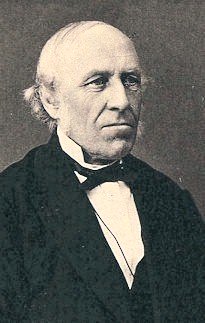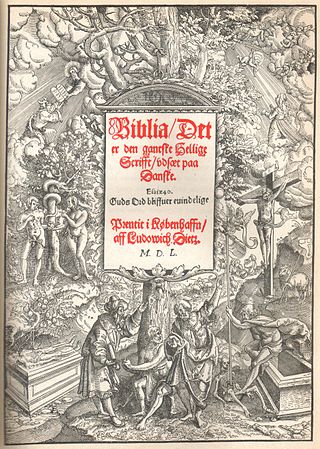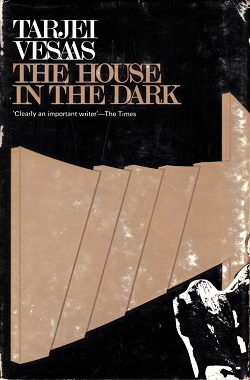The Christian Science Hymnal is a collection of hymns used in Christian Science church services including Sunday services and Wednesday evening testimony meetings, as well as in occasional informal hymn sings.

Anders Hovden was a Norwegian Lutheran clergyman, hymnwriter poet and author.

Magnus Brostrup Landstad was a Norwegian parish priest and provost, hymn writer, and poet who published the first collection of authentic Norwegian traditional ballads in 1853.

Elias Blix was a Norwegian professor, theologian, hymn writer, and a politician for the Liberal Party. Blix wrote numerous hymns and was largely responsible for translating the New Testament into the Norwegian language.

Ludvig Mathias Lindeman was a Norwegian composer and organist. He is most noted for compiling Norwegian folk music in his work Ældre og nyere norske Fjeldmelodier.
The Lutheran Hymnal with Supplement is the second official hymnal of the Lutheran Church of Australia, first published in its present form in 1989.
Det Norske Samlaget is a Norwegian publishing house founded on 24 March 1868 with the aim to promote and publish books in Landsmål, now known as Nynorsk.

Rasmus Flo was a Norwegian teacher, philologist, magazine editor, and translator. He was a noted proponent of the use of the Nynorsk language.
Joakim Jan Aril "Jack" Berntsen was a Norwegian philologist, songwriter and folk singer.
Bernt Theodor Anker was a Norwegian linguist, priest and author. Anker was one of the first priests to use Nynorsk from the pulpit, and was a strong proponent of Nynorsk in the church and in society.

Bible translations in Norway date back to the late 13th century. Since the first spread of Christianity in Norway, numerous translations of the Bible have been published. Translations have appeared in several of the official languages that Norway has had throughout its history, including editions in Old Norse, Danish, and both current standard forms Nynorsk and Bokmål.

The House in the Dark is a 1945 novel by the Norwegian writer Tarjei Vesaas. It tells the story of a frightening, darkened house, to which men are trying to dig tunnels, but are routinely captured and taken away in a truck. The novel was written during the last winter of World War II and is an allegory for the German occupation of Norway. An English translation by Elizabeth Rokkan was published in 1976.
Norsk Salmebok, published in 1985, was the official hymnal of the Church of Norway from 1985 to 2013.
Nynorsk salmebok is a Nynorsk hymnal that was edited by Bernt Støylen, Peter Hognestad, and Anders Hovden, and first published in 1925. Under a royal resolution of December 18 that year, it was recognized for use in worship services and in country church parishes that adopted it. The hymnal originally contained 711 hymns, and under the royal resolution of October 1, 1926 it was decided to supplement it with 200 Bokmål additions from the old and new Landstad hymnal.
Landstads reviderte salmebok was a hymnal authorized for public worship in Norway under the royal resolutions of October 9, 1920 and February 15, 1924. The book was the Church of Norway's official hymnal until 1985, together with Nynorsk salmebok.

Gustav Margerth Jensen was a Norwegian priest, hymnologist, hymnwriter, seminary instructor, and liturgist. He is best known for his liturgy revision and hymnal publication.
Landstads kirkesalmebog, often simply known as Landstads salmebok, was the most important hymnal for the Church of Norway from 1870 to 1926.

Kingo's hymnal, originally titled Dend Forordnede Ny Kirke-Psalme-Bog, is a hymnal that was approved by royal decree for use in all churches in Denmark–Norway in 1699. The hymnal contains 86 hymns by the bishop of Odense, Thomas Kingo. It also bears Kingo's name on the title page because the selection was made based on a hymnal that Kingo had edited ten years earlier.

Guldberg's hymnal is a hymnal that was created by Bishop Ludvig Harboe and Ove Høegh-Guldberg and was authorized for use in 1778.
Birgitte Cathrine Boye was a Danish hymnwriter.










